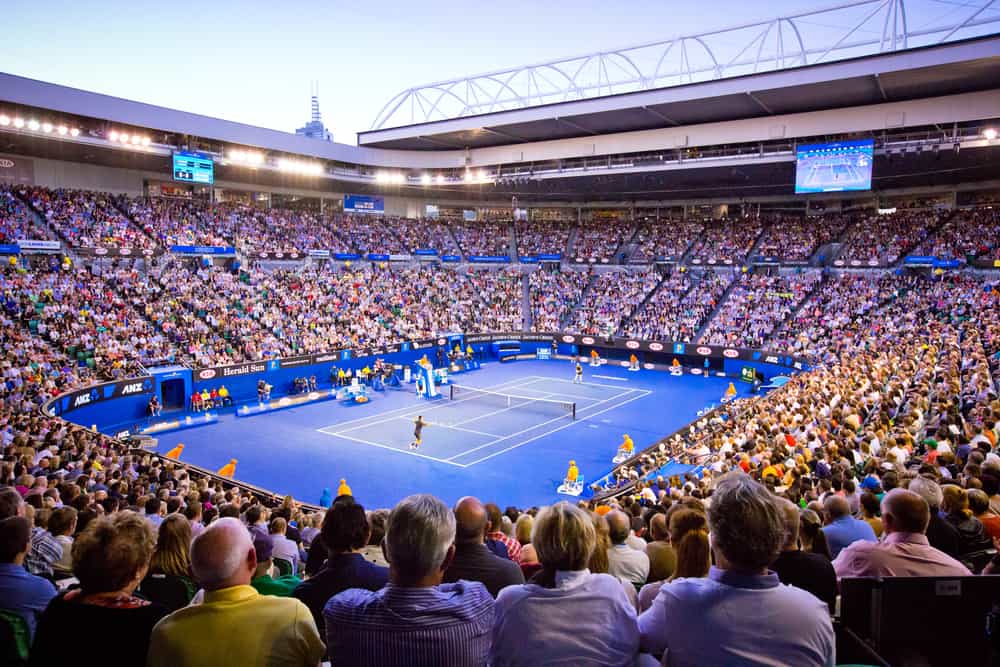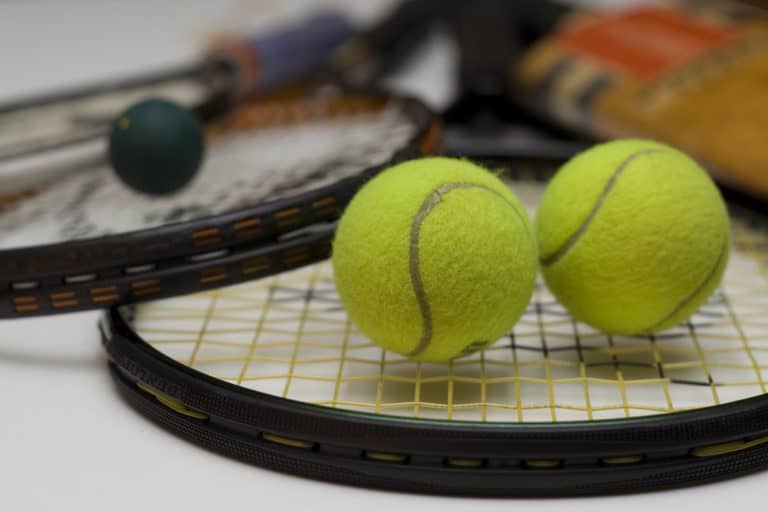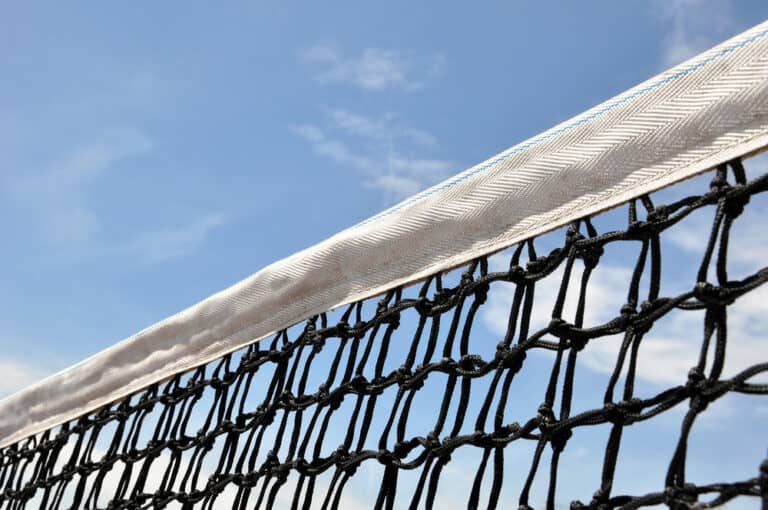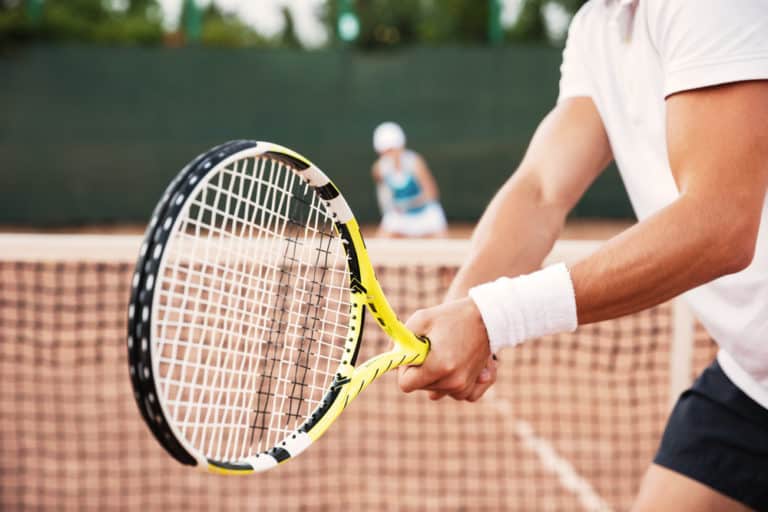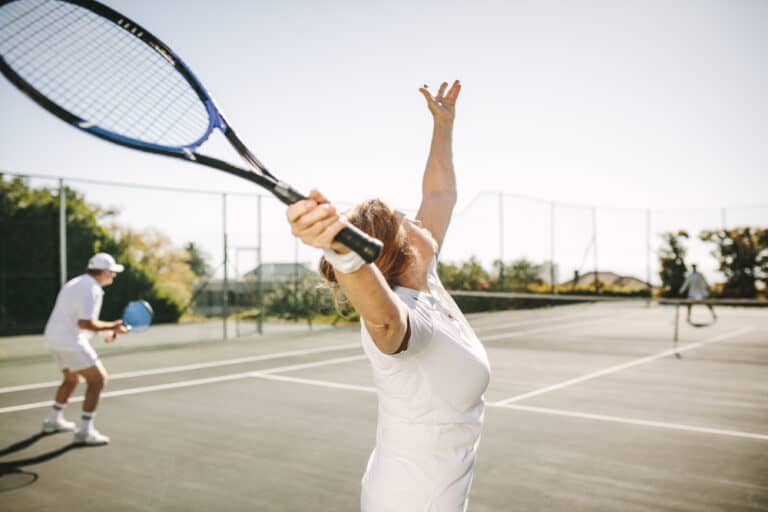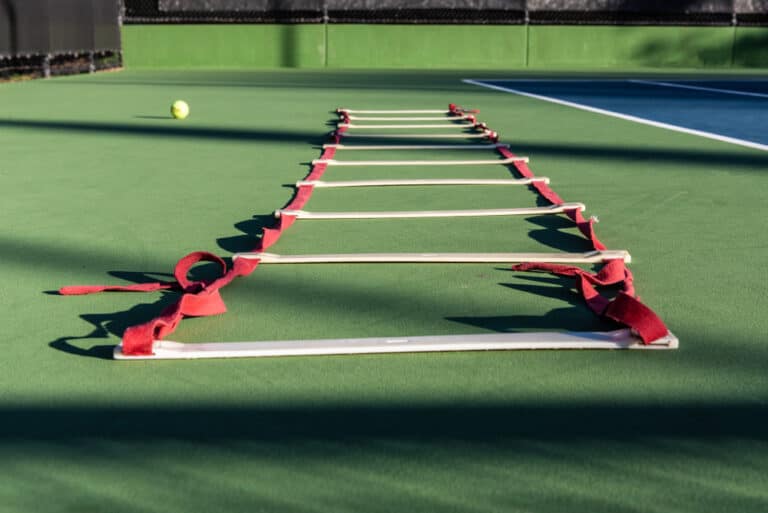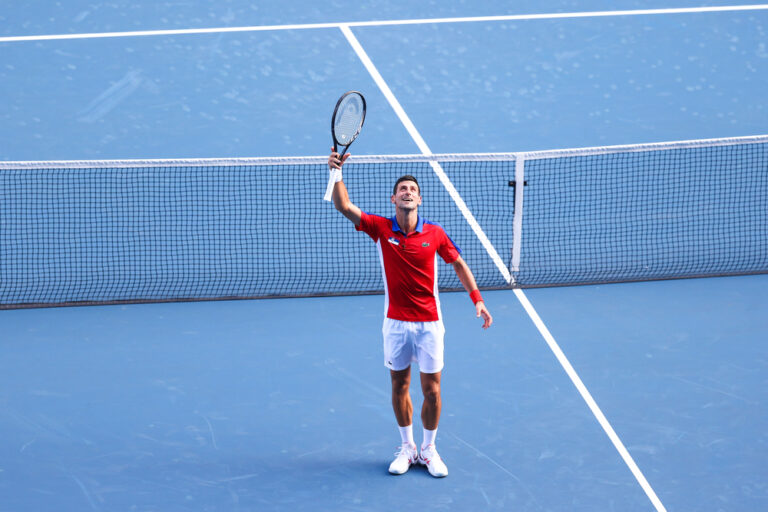Which Is Faster: Australian Open Or US Open?
Tennis is special, as it can be played on different surfaces. Professional tennis players can compete on grass, clay, and hardcourts (and some lesser-known surfaces). Two major tournaments, the Australian Open and US Open, are played on hardcourts, but one tournament is considered faster than the other. So, which is faster, the Australian or US Open?
According to the ITF court rating, the current Australian Open hardcourt surface is faster than the current US Open hardcourt surface. The ITF court rating rates the Australian Open court surface as “Medium-fast,” while the US Open court surface is rated as “Medium-slow.”
There is a clear distinction between the speed of the Wimbledon courts and the French Open courts, with grass being much faster than clay. However, it is harder to compare the court speed of Grand Slams, namely the Australian Open and US Open, that use the same type of surface. So, there is some debate about which of the two is faster.
The Australian Open Is Technically Faster Than The US Open
The Australian Open and US Open are two of the biggest tournaments of the year, with the former being the first Grand Slam of the year and the latter being the last. Both tournaments are played on hardcourts, though the US Open used grass courts until 1978, while the Australian Open switched from grass to hardcourts in 1988 when the tournament moved to Melbourne Park.
Though they may seem like the same surface at first glance, the hardcourts of the two tournaments differ in ways that affect the general court speed and the ball bounce. For one, the tournaments use different materials to build their courts.
Since it transitioned from grass to hardcourts in 1978, the US Open has been played on DecoTurf. This hardcourt surface was considered fast, with players stating that the US Open courts felt like they were even faster than Wimbledon grass. In 2020, the major tournament replaced DecoTurf with Laykold Cushion Plus, an acrylic surface created using polymer technology.
Though the color and sound of the Australian open courts closely resemble that of the US Open courts, the Australian Open uses a different material for their hardcourts. Until 2008, the surface used was green-colored Rebound Ace, which was replaced with a blue-colored Plexicushion acrylic surface.
Australian Open Courts Have A Higher ITF Court Rating
There are several ways to determine which of the two tournament surfaces is faster. The International Tennis Federation (ITF) court rating is a good indicator of surface speed. The rating system is straightforward, with a lower rating indicating a slower surface.
| Category | Court Pace Description |
| 1 | Slow |
| 2 | Medium-Slow |
| 3 | Medium |
| 4 | Medium-Fast |
| 5 | Fast |
Based on the ITF court rating, the Australian Open court speed is faster than the US Opens. The Greenset (plexicushion) surface used at the Australian Open is categorized as a “Medium Fast (4)” surface. The US Open court surface delivered by Laykold is categorized as a “Medium Slow (2)” surface.
Players Disagree On Which Tournament Surface Is The Fastest
The current Australian Open courts should be faster than the US Open courts. However, players have no consensus regarding which of the two tournaments is the fastest. And who better to ask than the people who spend the most time playing on these courts?
Former world number one Daniil Medvedev’s opinion on this matter seems to be aligned with the ITF court rating. The 2021 US Open champion has expressed that, at times, Australian Open courts can feel like the fastest tennis courts of any Grand Slam.
This sentiment is echoed by another US Open champion, Dominic Thiem, who, after his intense battle against Nick Kygrios at the 2021 Australian Open, expressed that this was the fastest court he had played on in a Grand Slam.
However, though you can find plenty of players who find the Australian courts to be faster, other players feel the opposite. For instance, at the 2021 US Open, Casper Ruud expressed how fast the courts felt that year, going as far as saying that he had never played on such a fast court.
Temperatures Can Affect The Pace Of The Ball
Though on paper, the Australian open hardcourts should be faster than the US Open courts, certain elements can come into play that alters a court’s speed. Temperature is an element that greatly affects both tournaments.
In Australia, the temperature can soar to ninety degrees, which affects the air inside and surrounding the tennis ball. As a result of the increased heat, the air inside the tennis ball expands, which increases the energy contained inside the ball, giving it a livelier bounce.
Though temperatures at the US Open do not get as high as in Australia, the heat and the humidity also affect the tennis balls.
Players may experience courts differently depending on the time of day they play. During night sessions, when temperatures are lower, air molecules inside the tennis ball contract, making it feel heavier. Heavier balls have a lower bounce making them faster.
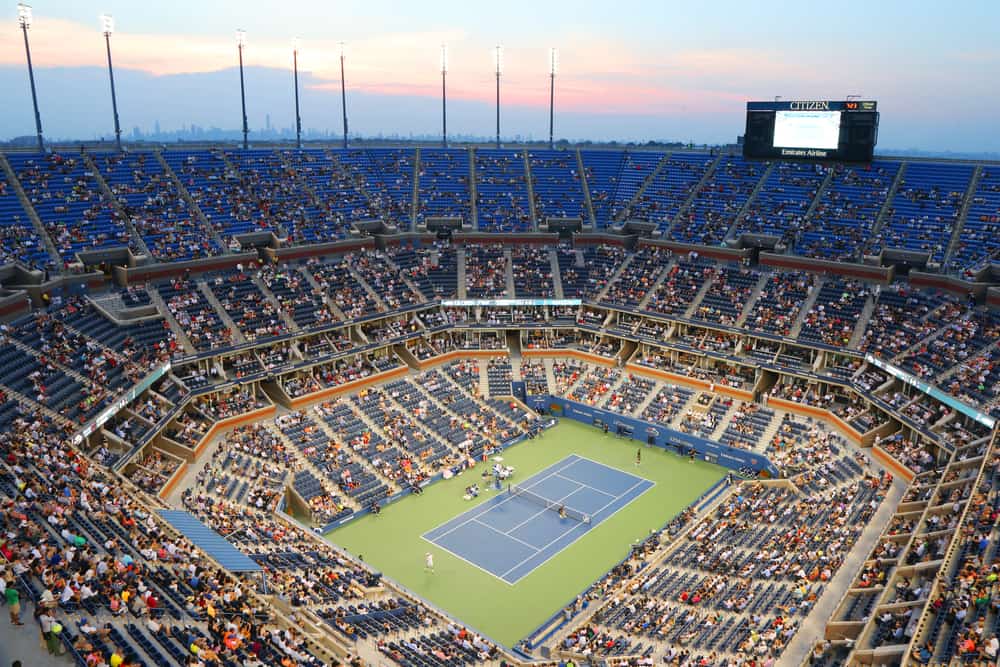
Which Is The Fastest Tennis Surface?
Finding another major sport that can be played on multiple surfaces, at least professionally, is difficult. Tennis has seen its fair share of surfaces over the many years of the game’s existence, with some more memorable than others. Casual fans will be familiar with grass, clay, and hardcourts; however, the sport of tennis has been played on more than just these surfaces.
Here is a list of tennis court surfaces:
- Grass
- Artificial Grass
- Clay
- Artificial Clay
- Hybrid Clay
- Carpet (now banned from the ATP tour)
- Asphalt
- Acrylic
- Concrete
Out of all the surfaces, grass is considered to be the fastest. This surface is typically associated with Wimbledon, which is arguably the most prestigious tournament on the tennis calendar. Players like Roger Federer and Pete Sampras, who have good serves and favor short and fast-paced exchanges, have seen great success at Wimbledon.
Grass is a soft surface compared to hard courts and clay, giving the ball a softer and lower bounce, making it travel faster.
It is worthwhile to note that some players in recent years have stated that hard tennis courts have sometimes felt quicker than grass. Nevertheless, players still have a consensus that Wimbledon grass is the fastest.
Conclusion
Though both tournaments are competed on hard courts, according to the ITF court rating, the surface used for Australian Open courts is quicker than that of the US Open courts. Still, certain factors, such as temperature, can affect the speed of the tennis court. Some professional players have also stated that they feel that the US Open court surface is faster.

